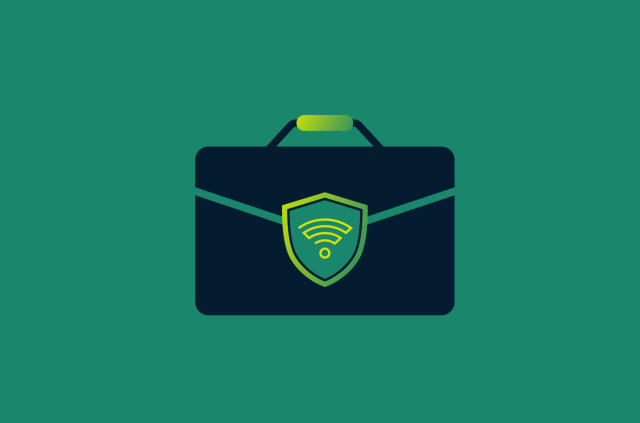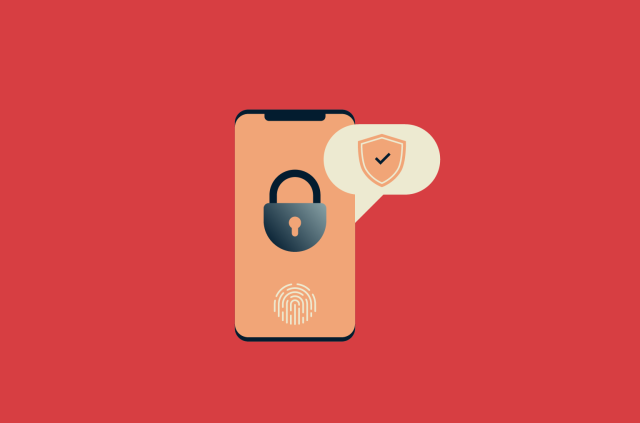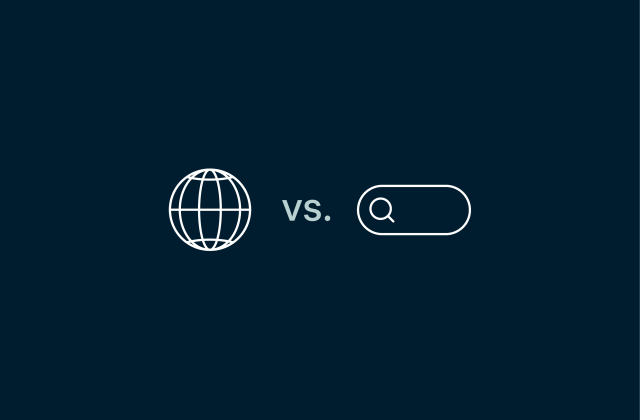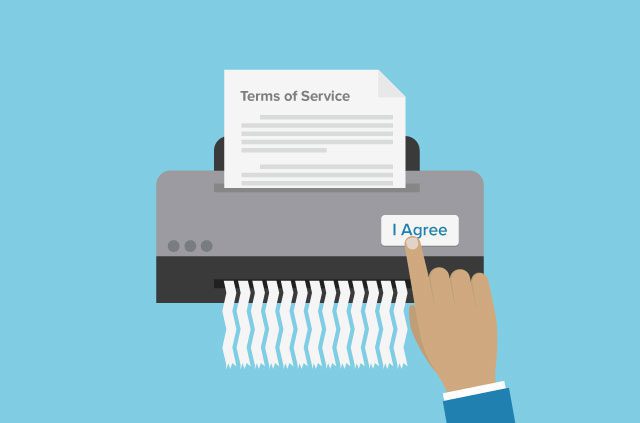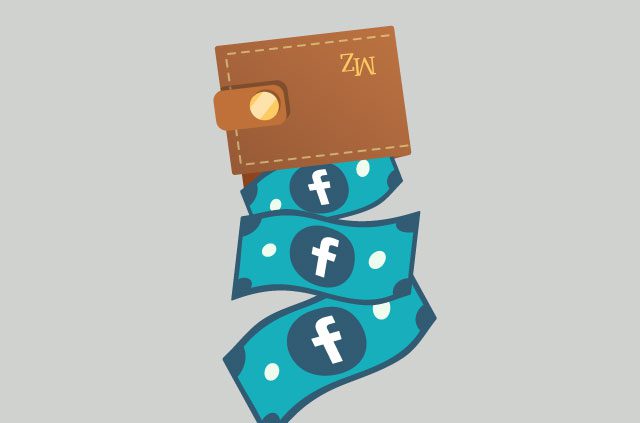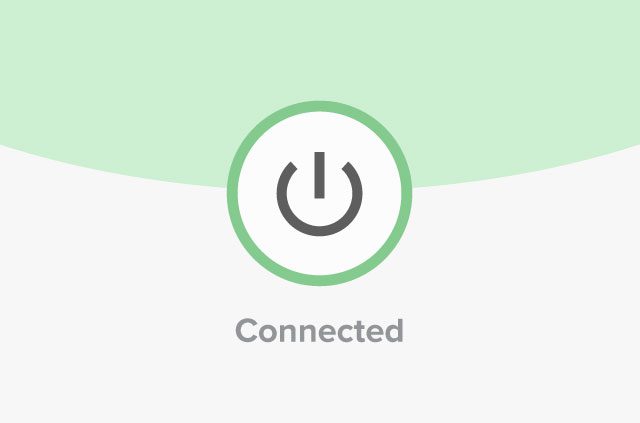Is ransomware the greatest highway robber of the 21st century?


The days of a Dick Turpin type of character pulling you over on the side of the road and demanding your valuables in return for sparing your life are thankfully long gone but highway robbery has never really disappeared. It has instead morphed into another type of crime in which money is demanded with menaces – ransomware.
What is ransomware?
Ransomware is an internet-related crime that has largely flown under the radar. Whilst recent high profile events such as the Sony hack have revealed the hacker’s penchant for trying to extort money from their victim, and the last few years have seen an increase in the number of people and organizations coming forward to bemoan CryptoLocker, it is a crime that is almost as old as the internet.
The first known instance arrived in 1989 and was known either as PC Cyborg or the “AIDS” Trojan. Much like newer variants, it encrypted files on the victim’s hard drive, saying that a software license had expired. “PC Cyborg Corporation” then offered a way out – the unlocking of the files for a mere $189.
More recently, CryptoLocker has proven to be a bane for PC users around the world, locking up drives with RSA public-key cryptography, until such time as a payment of around $400 was handed over in return for their unlocking.
Other recent forms of ransomware include the RIG exploit kit which first appeared around April 2014. By adopting malicious advertising techniques – known as malvertising – the kit delivers Cryptowall, another form of malware that relies upon encryption with a 2048-bit RSA key.
Similarly, OphionLocker emerged last year, and is spread in much the same way that Cryptowall is. Using advanced elliptic curve cryptography it demands payment in Bitcoins and utilizes a Tor2web URL to provide the victim with instruction on how to pay in a manner that is incredibly hard to track or close down.
So how do you protect your devices, money and data from such an insipid attacker?
Frustratingly the means of protection and mitigation are rather simple so it is quite the surprise that so many people still fall victim to this type of extortion.
For some people the thought of paying the ransom may seem like a good idea. Whilst we’re sure that some people may have actually got their data back by doing so, reports of such online are few and far between. Handing cash over to the criminals will simply encourage them to continue, may lead to you being targeted again with other types of attack and goes onto finance who knows what.
How to protect yourself from ransomware
It’s much better then to ensure that you don’t become a victim in the first place and below are some tips on how to do just that:
- A VPN can help protect against malware.
- Security software is the backbone of a good defense – as long as the user keeps their program fully up to date with the latest virus signatures – but it doesn’t offer 100% protection. The time it takes security vendors to block new threats is ever shortening but it is still a game of catch-up nonetheless.
- Therefore, it is essential that you also keep your other software fully patched and up to date and, more crucially, the importance of making regular backups cannot be emphasized enough. Nor can the need to test those backups to ensure that they have worked.
- For those of you working in a business environment it is also worth pointing out the value of training your staff so that they are aware of the risks. A general level of security awareness should guide them away from the more obviously risky activities that could lead ransomware onto your system.
- Similarly, those of you with partners and children who share your machine, or have ones of their own, may wish to explain some security basics to them in order to lessen the chances of them clicking on or opening something they may later regret.
- Finally, do not let the platform you are on dictate your desire to address the risk of ransomware – Europol have previously warned that criminals are not just targeting Windows machines – they also have a keen interest in mobile devices and Apple computers too.
Take the first step to protect yourself online. Try ExpressVPN risk-free.
Get ExpressVPN



